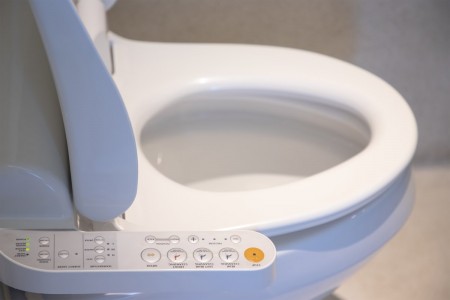
Advertisements
The average American adult spends about 44 hours a week (or nearly nine hours a day) at work, per the
If there was one office chair that can satisfy the needs of most individuals, it's this one, which offers eight different adjustments, including tilt, lumbar and even seat-pan depth.
That last one is important and not always present in an office chair. To get the proper seat depth, naturopathic doctor and chiropractor
Even if cost is a major factor in your decision, you can score an office chair that is reliable and well-built for well under $200.
With a curved and angled back, this lightweight-but-sturdy chair follows the natural anatomical curvature of the spine, which will provide postural support for prolonged office chair usage,
Although it's on the pricey side, this office chair is an excellent choice for those who will be sitting for long periods of time, Conrad says. It features a Posture-Fit that includes a stable sacrum and hip support built right into the chair. This, Conrad explains, helps reinforce the normal S-shape curvature of the low back.
"Another appreciated feature is the adjustable lumbar support, which can provide ergonomic settings, keeping the thoracic and lumbar region of your spine fully supported," Conrad says. "It also has reclining settings as well, so those who like to lean back on their chair when sitting will enjoy this function."
Buy it:
With its solid steel frame and chrome coating, this office chair has a sleek and modern look, but the comfort it provides is even more paramount.
"The lumbar support is wrapped in leather, and its reinforced padding may feel more comfortable for prolonged sitting than many other office chair options," Conrad says. "The wide base and ergonomic design of this armless office model will help prevent conditions like lumbar spasm and sciatica due to its postural support."
Buy it:
If you're working in tight quarters, this chair can be pushed directly underneath your desk so it takes up less space when not in use.
Ergonomically, it provides double lumbar support, which takes significant pressure off your lower back to reduce the fatigue that can come from sitting idly for long periods of time.
Other features Friedman appreciates include height adjustability as well as the mesh material that allows for air circulation and optimal comfort.
Buy it:
Advertisements
This extra large, high-back desk chair is an excellent option for those over 6 feet tall and those weighing up to 300 pounds, Friedman says.
"It's ergonomically designed for back pain, has independent 4D lumbar support to accurately fit the natural curvature of your spine and relieve back pain," he says. "The multidimensional free-rotating headrest provides the most comfortable position for your neck."
Another great feature is a lifting armrest, which provides customized comfort. "Its slightly downward-sloped shape aids to relieve pressure and increase support behind the knees and thighs," Friedman adds.
Buy it: Amazon; Price: $449.99
What to Look for Before Buying an Office Chair
1. Height Adjustability
Proper ergonomics for your chair and workstation desk is crucial, yet it is different for each person, depending on their height, Conrad says. He recommends adjusting your office chair so your eye level is consistent with the middle of the monitor.
"To do this, you may have to raise or lower your seat height," he says. "You also want your arms to rest comfortably at your sides, close to a 90-degree angle when looking from the side view of your workstation, as this will help prevent additional stiffness in your shoulders and neck with repetitive typing."
2. Lumbar Support
This is the most important feature when it comes to shopping for an ergonomic office chair, Friedman says.
"Lumbar support stabilizes the natural concavity of the lower back and also decreases forward slouching because it forces you to shift your middle back against the back of the chair," he says. "This reduces stress on the entire spine and the pelvis."
He recommends opting for a chair that has an adjustable backrest so you can sit with proper spinal alignment for optimal support.
3. Materials
Considering you'll be spending quite a lot of time sitting in this office chair, making sure the material is comfortable is key. Office chairs come in a range of materials, including vinyl, leather, velvet, mesh and woven or knitted material.
Friedman recommends against genuine leather, which tends to be less breathable and sweat-wicking, which may cause you to perspire mid-day.
"You are better off with a mesh or woven material, which allows for better airflow and sustained comfort and support," he says.
4. Angle and Tilt Options
Angle and tilt options are nice features that certain office chairs offer. Conrad particularly recommends these features for people with degenerative arthritis who may benefit from a slightly tilted chair that takes pressure off their back while they're sitting.
"For those who have this condition, a chair with a tilting option may help prevent back spasm when sitting for long hours at work," he adds.
5. Elbow Rests
Conrad recommends people with neck and shoulder pain opt for an office chair with adjustable-length elbow rests.
"With prolonged typing, gravity pulls downward on the neck and shoulders, and having a chair with elbow rests can help prevent soreness if you type for long hours a day," he says. "An adjustable-length elbow rest can also be helpful for someone who is taller or shorter than most, soyou can find a position that comfortably allows you to rest your elbows in a neutral anatomical position."






